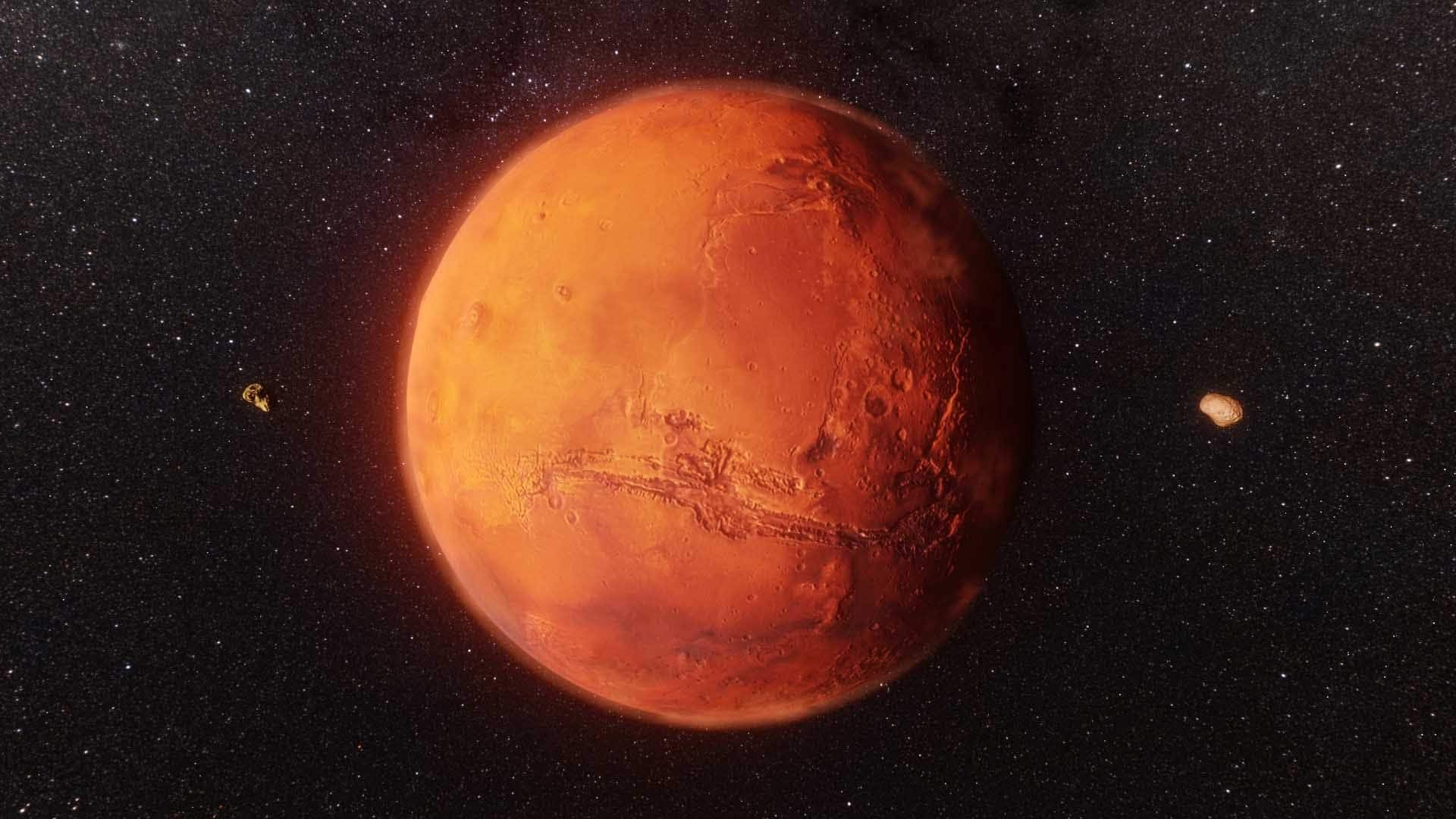
Martian meteorites unlock secrets of the Red Planet's hidden layers
What's the story
A team of scientists from the University of California, San Diego's Scripps Institution of Oceanography is studying meteorites from Mars that have landed on Earth. The research aims to provide valuable insights into the early formation and internal structure of the Red Planet. The findings suggest that Mars has an atmospherically altered upper crust, a complex deeper crust, and a mantle that produces unique volcanic features.
Insights
Martian meteorites: A unique research tool
The study is led by James Day, a geologist at Scripps Oceanography. He highlights the significance of Martian meteorites as "the only physical materials we have available from Mars." These meteorites provide direct information on Mars's composition, which can be used to validate mission science, including the ongoing Perseverance rover operations. "They enable us to make precise and accurate measurements and then quantify processes that occurred within Mars and close to the Martian surface," Day said.
Insights
Meteorites offer insights into Martian volcanic systems
The research focuses on two types of Martian meteorites: nakhlites and chassignites. These rocks were formed in a Martian volcanic system about 1.3 billion years ago, ejected from Mars around 11 million years ago due to a meteor impact, and eventually landed on Earth. Day noted that by analyzing these meteorites, they can identify a new rock type on Mars and understand the similarities and differences between volcanism on Mars and Earth.
Insights
A window into Mars's ancient past?
The team confirmed the Martian origin of these meteorites based on their relatively young geological age and the presence of the Martian atmosphere's composition within them. This composition aligns with measurements taken by NASA's Viking landers in the 1970s. Until samples can be brought back directly from Mars, these meteorites remain the best available source of physical material from the planet.